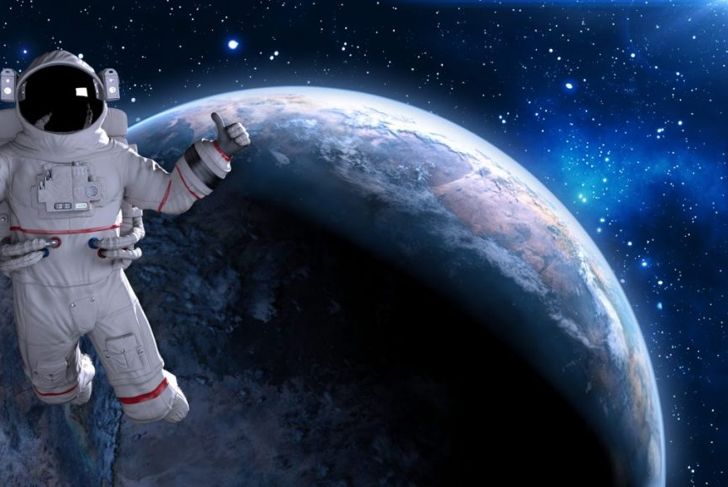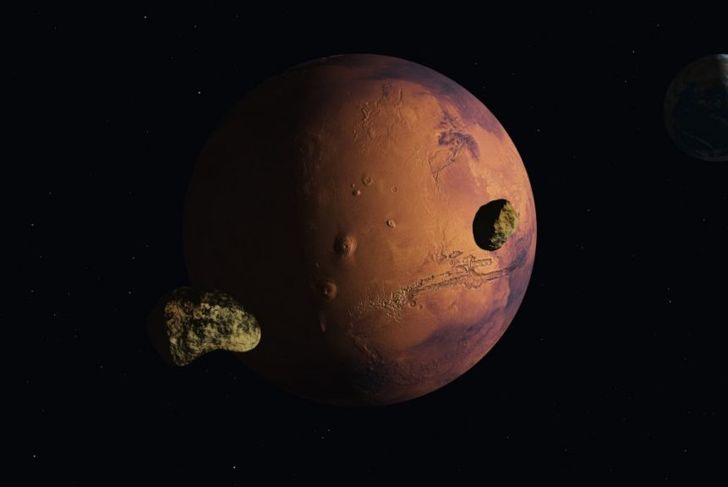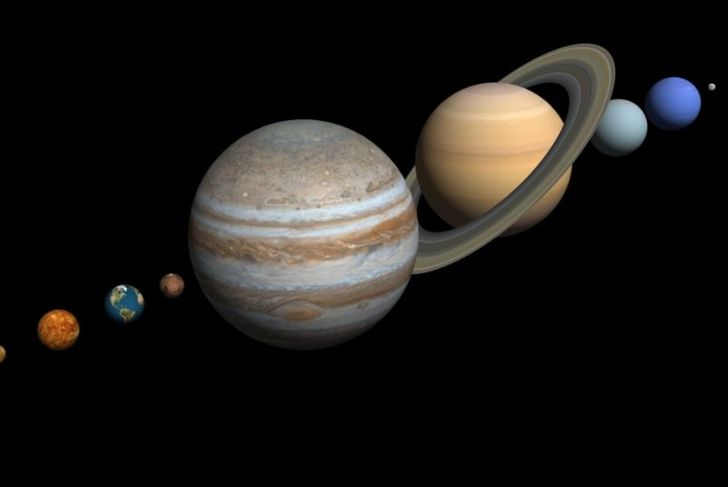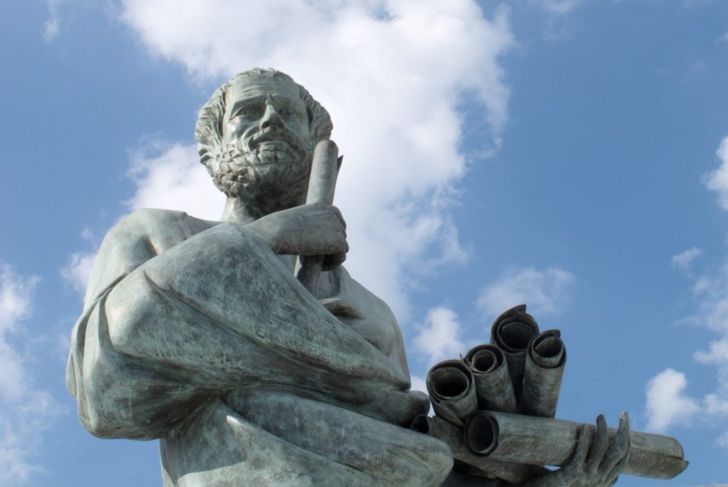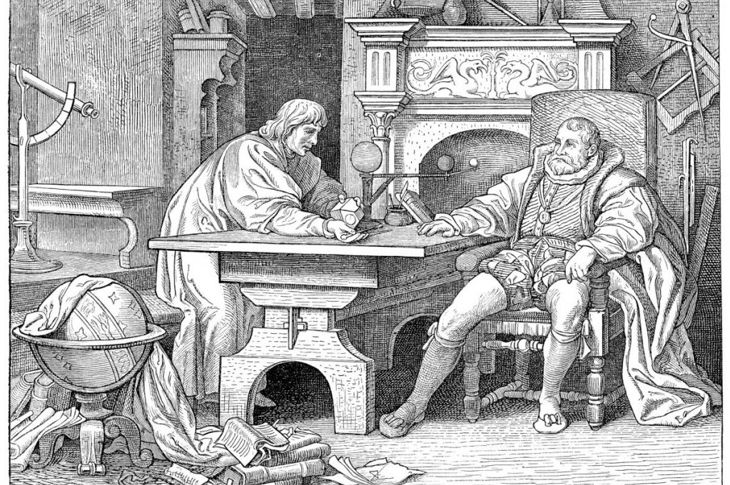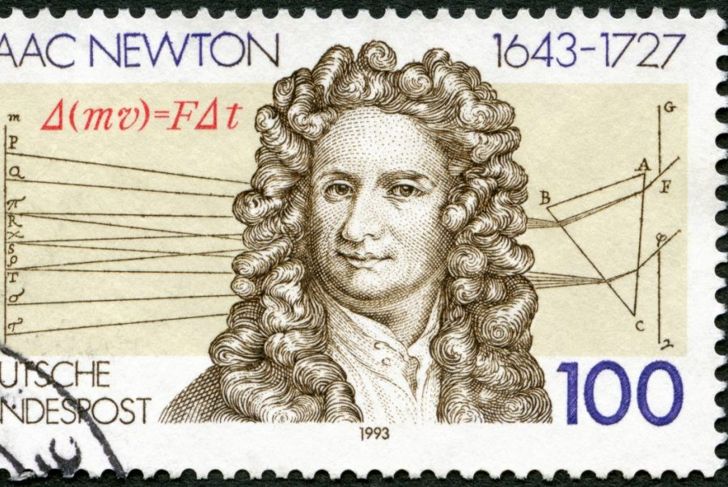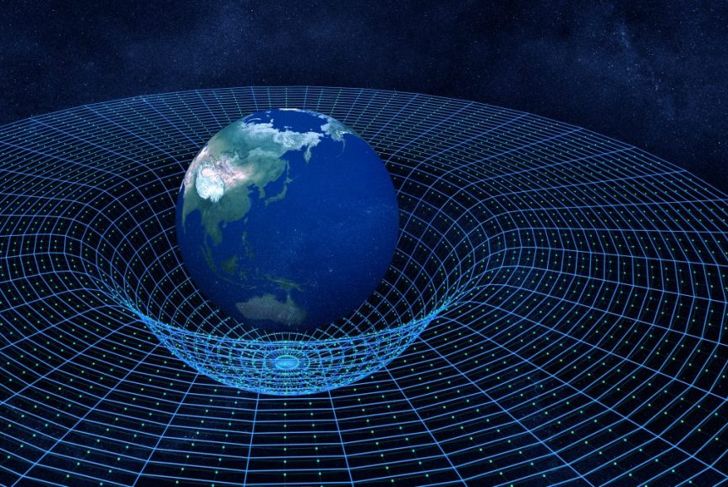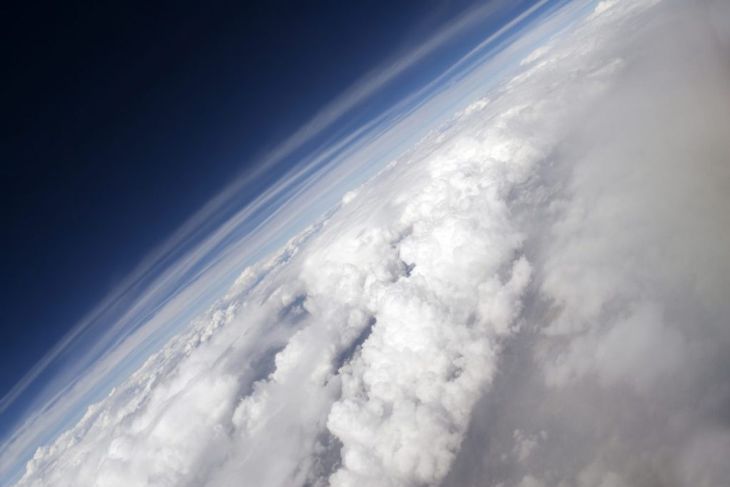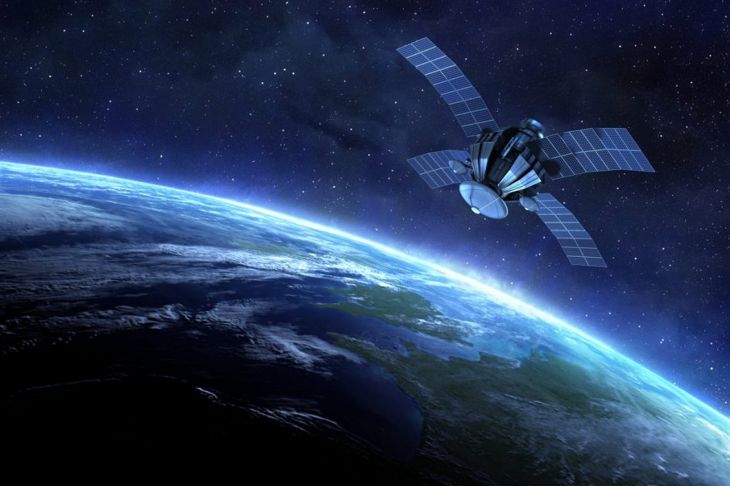The Latin word gravitas means weight and gives us the word “gravity,” which is the force that gives objects their weight. It is also the root of “gravitate,” a word that describes what gravity does: make objects gravitate towards each other. It’s what keeps humans on Earth and keeps the Earth in its place in the solar system. Although ancient philosophers questioned why objects fell centuries ago, scientists still have questions about how gravity works today.
What is Gravity?
In the most simple terms, gravity is a force that attracts two bodies towards each other. Everything that has matter, meaning everything that can be touched, has a gravitational pull. This includes apples, humans and the Earth. Despite the term zero gravity, it’s impossible to escape gravitational forces. Astronauts are still affected by gravity, but they’re moving sideways so quickly that they’re not getting closer to the center of the planet and are in a constant state of free fall.
Gravity, Mass and Distance
The amount of gravity any object has is proportional to the mass of the object. Objects with more mass have more gravity. As the Earth is the largest and closest object around, everything is caught in its gravitational pull, which means apples fall on the ground instead of being drawn towards a person’s head.Distance also affects gravity. If an object is far away, it’s gravitational pull is weaker. For example, there’s a point in space where the pull of Mars becomes stronger than the pull of Earth.
Fundamental Forces in the Universe
According to physicists, the four fundamental forces of the universe are gravitational, electromagnetic, weak and strong interactions. Forces change an object’s motion and the four fundamental forces define how everything in the universe interacts. Gravity is the weakest force, but is the most easily seen and has the biggest influence on a large-scale, level. It is not only the reason humans can walk on the Earth, but also keeps the planets orbiting the sun and the sun in its place in the galaxy.
Ancient History of Gravitational Theory
The Ancient Greeks believed that the force drawing objects to the ground was an internal heaviness, rather than an external force. Heavy humans are naturally pulled to Earth, while lightweight flames leap towards the sky. In contrast, Indian scholars, particularly Aryabhata, said that a force kept objects on the ground, although his theory put the Earth at the center of the universe. In the 600s CE, mathematician Brahmagupta was the first to describe gravity as an attractive force.
Renaissance Gravitational Theory
It’s said that Galileo dropped objects off the side of the Leaning Tower of Pisa to observe what happened when they fell. Whether the tower was involved or not, Galileo did discover that all objects tend to accelerate at the same rate when falling. Other scientists built on their work and Grimaldi and Riccioli calculated the gravitational constant. Other work on gravity centered around astronomy and Johannes Kepler built on these theories to calculate the orbits of known planets.
Law of Universal Gravitation
Another gravitation legend says that Isaac Newton was hit by a falling apple and realized that there must be a force making things fall to the ground. He wrote an equation that described gravitational force, which showed that the more massive objects are, the greater the force is between them. It also showed that the further away they are, the weaker the pull. Some planets moved in ways that couldn’t be explained by the equation, but for the most part, it stood for centuries.
Einstein and General Relativity
Einstein’s Theory of General Relativity changed the way physicists look at gravity. Rather than a force, the effects of gravitation are said to be caused by a curve in spacetime that occurs around large objects, rather like a bowling ball sitting on a trampoline. This theory explained the strange orbit of Mercury and set Newtonian gravity on its head as gravity was no longer a force, but a consequence of geometry.
What Does Gravity Do?
Gravity has several effects on the real world. As well as keeping objects on the ground, gravity is what gives them weight. Objects weigh less on planets with a smaller gravitational pull. The gravity of the moon is the force that creates ocean tides. Gravity also keeps the Earth at a comfortable distance from the sun and holds the atmosphere in place, giving all living things breathable air and protection from the sun’s radiation.
Gravity and the Creation of the Universe
Gravity was also an essential element in the creation of the universe. The gases that exist in the universe are attracted to each other through gravity and join together to form large objects including stars and planets. Some researchers believe it was gravity that stabilized particles after the Big Bang, stopping the collapse of the universe. Gravity drew solar systems together to form galaxies, and as such, it was a fundamental element in the creation of the universe.
Gravity and Scientific Research
Scientific research into gravity will continue into the future. The Theory of Relativity explains some anomalies in Newtonian gravity; there are still mysteries in the universe that scientists can’t explain. Gravity doesn’t fit into Quantum Field Theory and scientists are still researching how it pieces together with the other fundamental forces. Gravity research also has more practical applications. NASA spacecraft monitor changes in the Earth’s gravity, which help scientists monitor changes in sea levels and the Earth’s crust.

 Home
Home Health
Health Diet & Nutrition
Diet & Nutrition Living Well
Living Well More
More